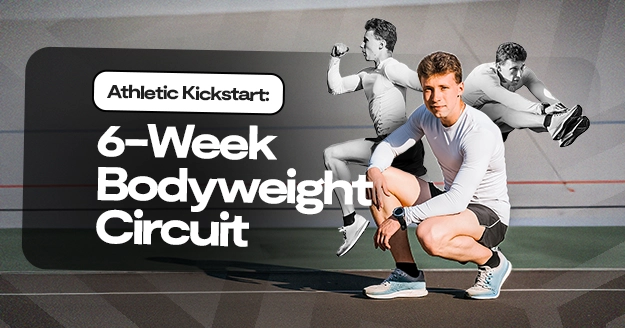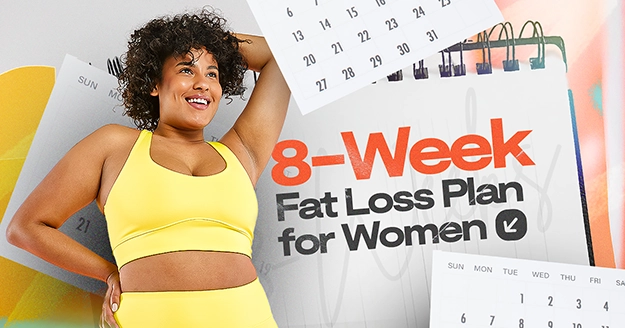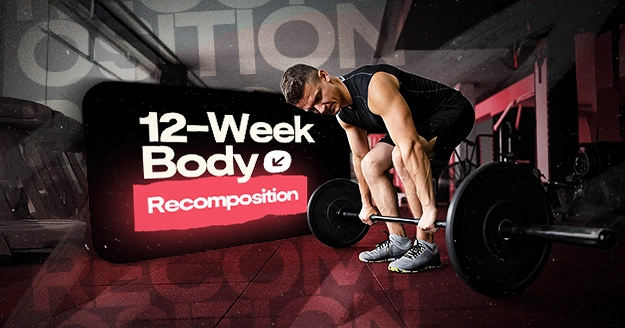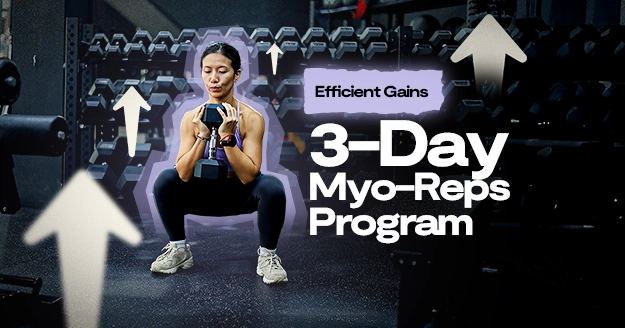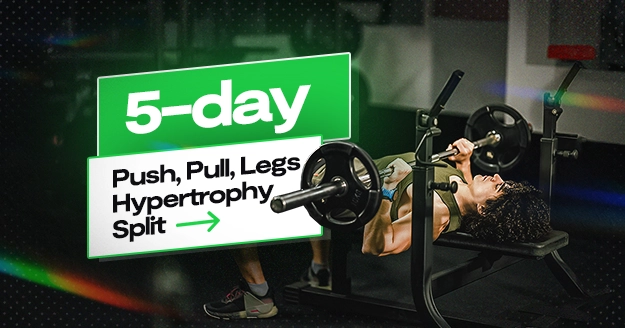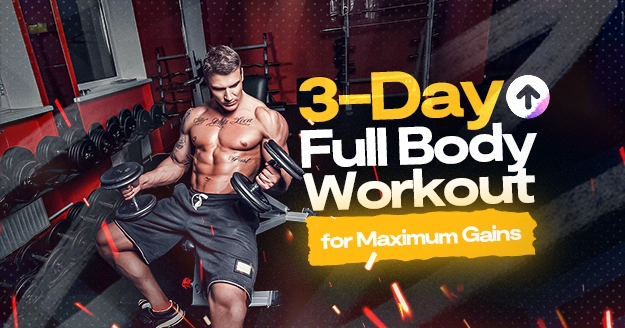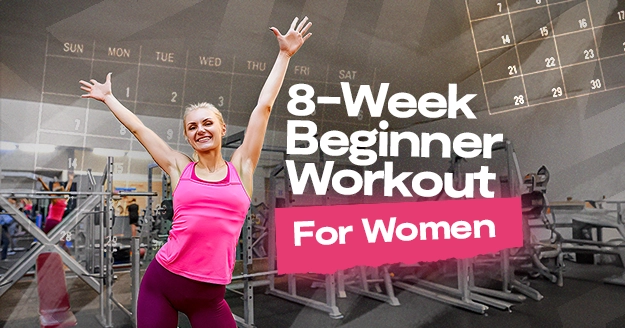Workouts F.A.Q.
How often should I work out?
The frequency of your workouts depends on your individual goals, lifestyle, and current fitness level. If you’re new to exercise or getting back into it after a break, starting with two to three workouts per week is an excellent way to ease into a routine while allowing your body adequate time to recover. As you become more comfortable and your fitness level improves, you can gradually increase your workout frequency to four to six sessions per week.
In addition to your main workouts, incorporating gentle, low-impact activities like walking, cycling, or yoga can further enhance your overall fitness and keep you active throughout the week. These activities not only support recovery but also contribute to better cardiovascular health, flexibility, and mental well-being.
Listening to your body is essential—if you’re feeling fatigued or sore, consider adjusting your exercise frequency or intensity as needed. Balancing your workouts with proper recovery ensures long-term success and helps you maintain a sustainable workout routine.
How often do I need a rest day?
The need for rest days varies depending on your workout intensity, fitness level, and overall health. Generally, it’s recommended to take at least one to two rest days per week to allow your muscles time to recover and rebuild, which is crucial for preventing injury and avoiding burnout.
If you’re engaging in high-intensity or strenuous exercise, you might need more frequent rest days to ensure proper recovery. On the other hand, if your workouts are moderate and you’re feeling well, you might be able to space out your rest days further.
Balancing exercise with adequate recovery time is essential for maintaining long-term fitness and overall well-being.
How do I stay motivated in my workouts?
Staying motivated to work out can be challenging, but there are several strategies that can help keep you on track. Setting clear, achievable goals is a great place to start, as having something to work towards can give you a sense of purpose and progress. Mixing up your routine with different types of exercises or trying new activities can also keep things fresh and exciting, preventing boredom.
Creating a workout schedule and sticking to it can help make exercise a regular part of your day, and finding a workout buddy or joining a class can add a social element that keeps you accountable. Celebrating your achievements, no matter how small, can also boost your motivation.
Finally, remember to be kind to yourself. Focus on consistency over perfection, and remind yourself of the positive impact exercise has on your physical and mental well-being.
How can I measure my progress?
Measuring your progress in fitness can be done in various ways, depending on your goals. One of the most straightforward methods is tracking physical changes, such as weight, body measurements, or body fat percentage. Regularly taking photos can also help you visually see changes over time.
Beyond physical appearance, you can measure progress by monitoring improvements in your performance, like lifting heavier weights, running faster, or increasing the number of reps you can do. Keeping a workout journal to note these achievements can be incredibly motivating.
Additionally, fitness apps or wearable devices can also provide data on metrics like heart rate, steps taken, or calories burned, offering a more detailed picture of your overall fitness journey.
The good news is that you can do all of this just by using one app. Trainest has features that can help you see your overall progress, and it incorporates nutrition, check-ins, progress, and workouts in just one place.
How long does it take to see results from a workout program?
The time it takes to see results from a workout plan can vary depending on factors such as your starting fitness level, the intensity and frequency of your workouts, your diet, and your specific goals.
Generally, you may start to notice some initial changes within a few weeks. For example, after about 2-4 weeks, you might see improvements in your energy levels, endurance, and overall strength.
Physical changes, like muscle tone and fat loss, often take a bit longer to become noticeable, usually around 4-8 weeks. More significant transformations, such as substantial muscle growth or weight loss, typically require consistent effort over several months.
It’s important to remember that progress can be gradual and may vary from person to person. Staying consistent with your workout routine, maintaining a healthy diet, and getting enough rest are key to achieving and sustaining results.
Workout Selection Tips
Choosing the best workout plan can be overwhelming with so many options available, but following these tips can help you make an informed decision:
Define Your Goals
Start by identifying what you want to achieve—whether it’s weight loss, muscle gain, improved endurance, or overall health. Your goals will guide you in selecting a plan that aligns with your objectives.
Consider Your Fitness Level
Choose a workout plan that matches your current fitness level. If you’re a beginner, opt for a plan that gradually increases in intensity. More advanced individuals can look for challenging workout routines that push their limits.
Assess Your Time Availability
Be realistic about how much time you can commit to working out each week. Select a workout plan that fits your schedule, whether you have 20 minutes a day or an hour several times a week.
Variety and Enjoyment
Pick a workout plan that includes a variety of exercises to keep things interesting and prevent boredom. Make sure the activities are ones you enjoy, as you’re more likely to stick with a routine you find fun and engaging.
Equipment and Space
Consider the equipment you have access to and the space available for working out. Choose a plan that fits within your resources, whether you have a full gym or just a small space at home.
Balanced Approach
Look for a workout plan that includes a balance of strength training, cardiovascular exercises, and flexibility work. This ensures you build a well-rounded fitness foundation.
Progress Tracking
Select a workout plan that includes ways to measure your progress, whether through specific milestones, workout logs, or regular check-ins. Tracking your progress will help you stay motivated and make adjustments as needed.
Professional Guidance
If possible, consult with a fitness professional or use a reputable fitness app that offers personalized workout plans. This can help ensure your plan is tailored to your needs and goals.
